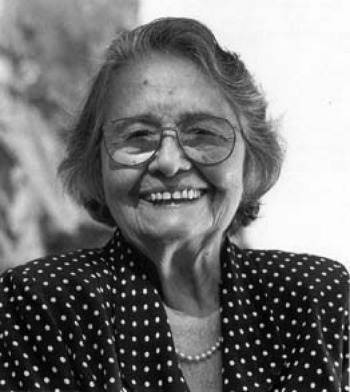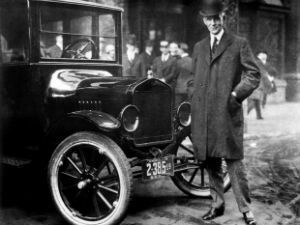Pero Vaz de Caminha was a Portuguese scribe, responsible for describing his first impressions since his arrival in Brazil in 1500. He was part of Pedro Álvares Cabral's fleet.
Biography
Pero Vaz de Caminha was born around 1450 in Porto, Portugal. His father was Knight of the Duke of Bragança.
He was master of the scales at the Mint, occupying the position of scribe and treasurer. In addition to being a notary, he was a councilor for the city of Porto, in 1497.
He married Dona Catarina and with her he had a daughter: Isabel de Caminha. In March 1500, he accompanied the fleet of Pedro Alvares Cabral as a scribe.
When they arrived in Brazil on April 22, 1500, he wrote a document reporting to King Dom Manuel I the impressions of the lands found. This report became known as "Pero Vaz de Caminha's Letter".
Upon leaving Brazil, they head for the Indies, where he died in a battle in the Portuguese factories that were already installed in Calicut.
He died at the age of 50, in Calicut, India, on December 15, 1500.
Pero Vaz de Caminha's Letter
THE Letter From Pero Vaz de Caminha was titled: "Letter to King Dom Manoel on the discovery of Brazil”.
This is because it was written to King Manuel I of Portugal on May 1, 1500. The main purpose was to tell first impressions of the "discovered" place.
 The Manuscript of the Letter of Pero Vaz de Caminha
The Manuscript of the Letter of Pero Vaz de Caminha
With the aim of reporting on the location found overseas, he describes the landscape, the natural beauty of the lands found, as well as the indigenous peoples who inhabited the region.
Note that this document has great historical and literary value in the history of Brazil, as it is the first in which the country is mentioned.
In literature, this period was called 16th century and its main feature is the information literature. It was marked by travel chronicles, descriptive and informative texts.
See an excerpt from the letter in which he describes the Indians:
“There you would see gallants, painted black and red, and quartered, as well by the bodies as by the legs, which, of course, looked good that way. Also walking among them were four or five women, young, who thus naked did not look bad. Between them walked one, with a thigh, from the knee to the hip and the buttock, all dyed with that black dye; and everything else in its natural color. Another had both knees with the curves thus painted, and also the laps of the feet; and her shames so naked, and so innocence thus uncovered, that there was no shame in it. Everyone walks shaved over their ears; even so for eyebrows and eyelashes. All the foreheads, from source to source, have black dye inks, which looks like a black ribbon two fingers' width apart..”
Learn more about historical aspects by reading the texts:
- Portuguese Navigations
- African tour
- Discovery of Brazil
- The First Great Navigations



